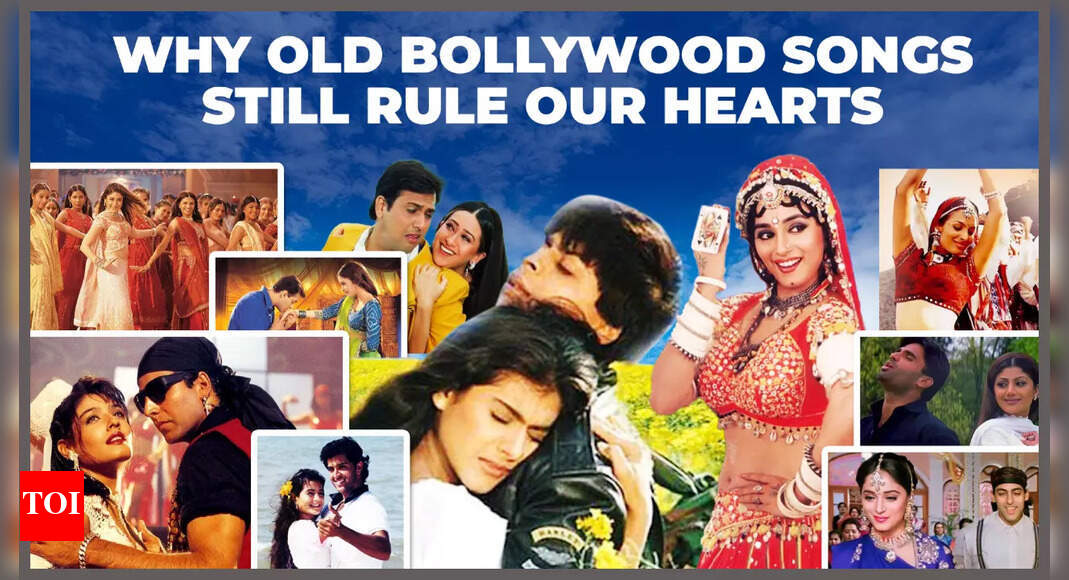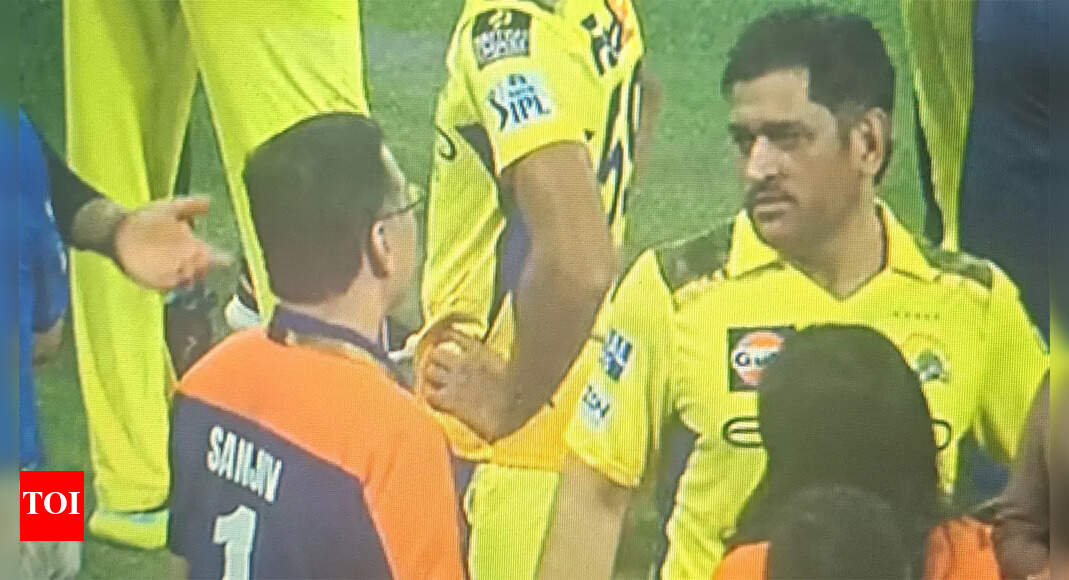Bollywood music has always been more than just entertainment — it’s a reflection of culture, emotion, and identity. While today’s songs often trend on social media for their catchy beats and viral hooks, it’s the 90s melodies that still resonate deeply across generations. Be it weddings, long drives, or quiet evenings, 90s songs continue to make their way into playlists. So, what makes them unforgettable while today’s tracks often fade away with time? We explore the musical journey from the golden 90s to today’s remix-heavy era.
The Golden Era of Bollywood Music – What Made the 90s Special?
The 1990s marked a musical renaissance in Bollywood. Melody was king, and songs were built on strong vocals, thoughtful lyrics, and soulful tunes. Singers like Kumar Sanu, Alka Yagnik, Sonu Nigam, Abhijeet Bhattacharya, Udit Narayan, Sunidhi Chauhan, and others dominated the charts with their iconic voices. Music composers like Nadeem-Shravan, Jatin-Lalit, and Anu Malik crafted songs that stayed with listeners long after the credits rolled.
Examples like Tujhe Dekha To from Dilwale Dulhania Le Jayenge, Pehla Nasha from Jo Jeeta Wohi Sikandar, and Saanson Ki Zarurat Hai Jaise from Aashiqui are more than just songs — they’re emotions. Their simplicity, romance, and honesty made them timeless.
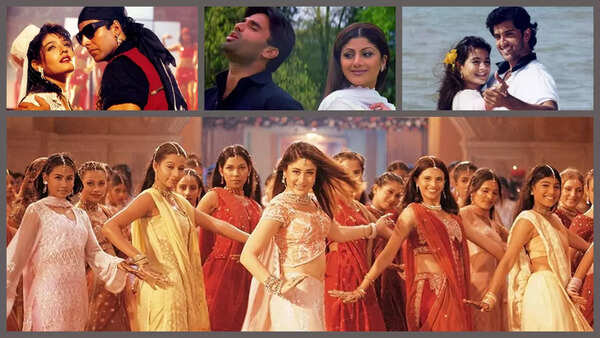
Lyrics That Touched the Soul vs Today’s Trendy Hooks
One of the defining elements of 90s music was its lyrical richness. Lyricists like Sameer, Javed Akhtar, and Gulzar penned lines that conveyed deep emotions and poetic beauty. Songs like Ae Kash Ke Hum from Kabhi Haan Kabhi Naa or Tadap Tadap Ke from Hum Dil De Chuke Sanam told stories that stirred the soul.
In contrast, many modern Bollywood songs rely on repetitive hooks and phrases aimed at instant virality. Tracks like Naach Meri Rani, Coca Cola Tu, and Kala Chashma are undeniably catchy but often lack emotional depth. The lyrical journey has shifted from soul to scroll — designed to grab attention, not hearts.
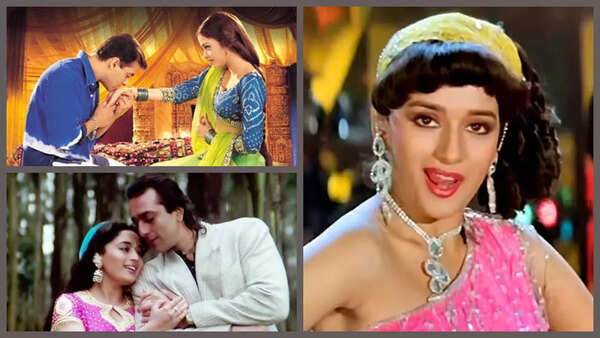
The Rise of Remixes – Revival or Ruin?
Remixes of 90s hits have flooded today’s music scene. While some, like Dilbar and Tip Tip Barsa Paani (2021 version), have introduced old tunes to new audiences, others have drawn criticism for diluting the essence of the originals.
For many, these remixes lack the emotional core that made the originals special. The focus is often on faster beats, glossy visuals, and choreography, sidelining lyrical integrity and vocal sincerity. While they may bring back the melody, they rarely carry the same magic.
Talking about how the essence of music has changed in Bollywood over the years, Kumar Sanu said, “It has definitely changed but I think we need to merge old melodies with new music. We can see they’re making remakes but it’s just old songs remixed as they are, which is great. Today’s generation gets to hear old songs through that again. We should bring back that old melody but with new modern music.”
However, singer Shalmali Kholgade feels it hasn’t changed much. “Honestly, there are just as many stunning melody-driven songs today. How popular they get is the question. Production styles have evolved; the instrumentation you hear today is different from what used to be. I think it’s very cool that some melodic songs also have interesting rhythms,” she said.
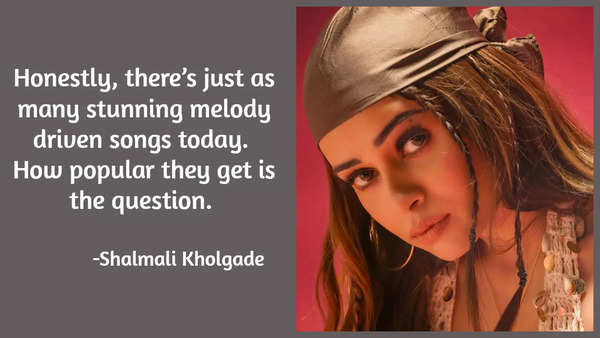
Why Millennials and Gen X Still Prefer the 90s
For those who grew up in the 90s, these songs are deeply personal. They evoke memories of cassette tapes, Doordarshan countdown shows, and movie nights with family. But even younger listeners are discovering the beauty of the era — thanks to YouTube, Instagram reels, and retro-themed playlists.
From Chura Ke Dil Mera to Tum Mile Dil Khile, nostalgia reigns supreme. Radio stations run retro segments, influencers use 90s tracks in reels, and Bollywood parties often turn into sing-along nostalgia fests. The emotional pull of these songs is as strong as ever.
Modern Music – Innovation or Losing Soul?
Today’s music industry is dynamic, with artists like Arijit Singh, Shreya Ghoshal, and Jubin Nautiyal carrying the torch of melody. Songs like Tera Yaar Hoon Main and Raataan Lambiyan still strike a chord with audiences.
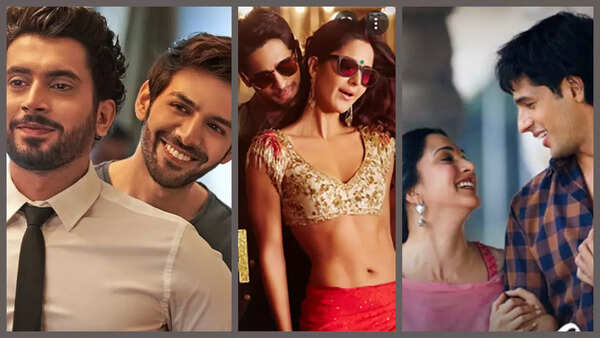
However, the overarching trend leans toward EDM-heavy tracks, auto-tuned vocals, and formulaic lyrics. The industry’s push for streaming numbers, social media virality, and danceability often overshadows emotional resonance. The balance between innovation and soul seems tilted.
With the dominance of platforms like YouTube and Spotify, there is more pressure to deliver songs that are “visual” or “viral” rather than soulful. “It has become a rat race. You just keep dropping music and make videos in a specific way, otherwise it won’t get hit. Nobody wants to work on melody and soulful music, everybody wants to become viral,” Kumar Sanu added.
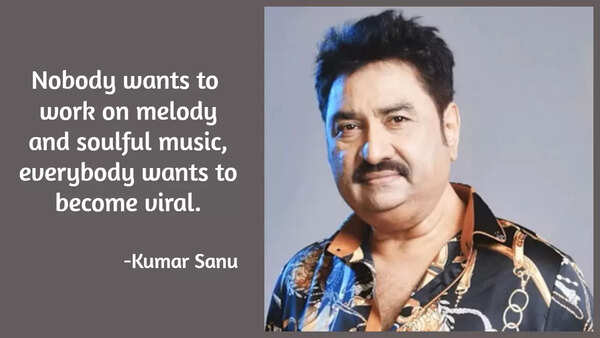
However, Shalmali shared, “I wish I felt that pressure. If I did, it would probably be good for me! (Laughs) But I don’t. I believe in making music that resonates with me. Not all that music works for popular consumption. Those it connects with, it is a lifelong friend. I take comfort in that.”
Prateeksha Srivastava added, “In my opinion, things have gone a little formula-based now and while all of it matters, the art of storytelling is ultimately what keeps the songs’ longevity. The amount of patience to create a song and to go into the depths of how the emotions are rolling out one note and one lyric at a time is not the same many times.”
Has algorithm-driven expectations ever limited her creative freedom? “Sometimes yes, but I choose not to ever finalise my melodies based on that. I am very happy about it because I think that’s the right way to do it. Any type of music can go viral these days, so why depend on the algorithm briefly?” Prateeksha added.

Can the Two Eras Coexist?
The 90s gave us music that felt like poetry in motion. Today’s songs, while technically advanced and visually extravagant, often miss that timeless connection. But both eras have their place. While nostalgia keeps the old melodies alive, evolving tastes ensure fresh sounds continue to emerge.
If given the power to reset, Prateeksha says she would bring forward more female voices in songs. “I would make more female voices sing the stories of female characters because now we have so many protagonists as females, but even now the songs being sung about their stories and their emotions are in the voices of male singers mostly. Females come in for a two-line verse or a reprise version or a promotional song in the film, mostly. The audience is losing the habit of listening to mainstream music in female voices and in India, this change has to come from Bollywood,” she shared.
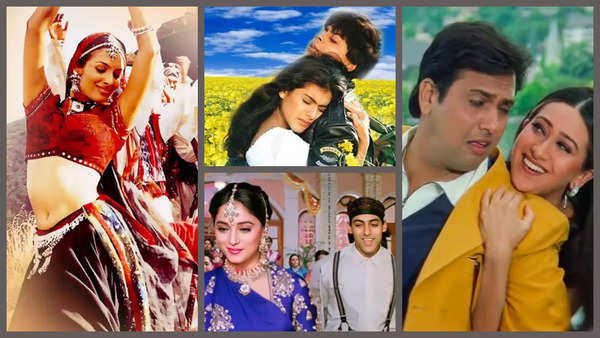
However, it looks like not everyone feels the need to reset. “I wouldn’t bring anything back. I believe in the natural progression of creativity. While some might hear a Skrillex song and cringe because they don’t understand the musicality of it, there are others who are able to appreciate the masterful artistry in creating the sounds that make up his music. I don’t want to be that person who says ‘humare zamane mein aisa hota tha’. I’d rather rack my brain to understand the music I don’t fancy,” Shalmali concluded.
All in all, the key lies in balance — preserving the emotional depth of the past while embracing the creative energy of the present. After all, good music doesn’t belong to one decade — it echoes across time.
var _mfq = window._mfq || [];
_mfq.push([“setVariable”, “toi_titan”, window.location.href]);
!(function(f, b, e, v, n, t, s) {
function loadFBEvents(isFBCampaignActive) {
if (!isFBCampaignActive) {
return;
}
(function(f, b, e, v, n, t, s) {
if (f.fbq) return;
n = f.fbq = function() {
n.callMethod ? n.callMethod(…arguments) : n.queue.push(arguments);
};
if (!f._fbq) f._fbq = n;
n.push = n;
n.loaded = !0;
n.version = ‘2.0’;
n.queue = [];
t = b.createElement(e);
t.async = !0;
t.defer = !0;
t.src = v;
s = b.getElementsByTagName(e)[0];
s.parentNode.insertBefore(t, s);
})(f, b, e, ‘https://connect.facebook.net/en_US/fbevents.js’, n, t, s);
fbq(‘init’, ‘593671331875494’);
fbq(‘track’, ‘PageView’);
};
function loadGtagEvents(isGoogleCampaignActive) {
if (!isGoogleCampaignActive) {
return;
}
var id = document.getElementById(‘toi-plus-google-campaign’);
if (id) {
return;
}
(function(f, b, e, v, n, t, s) {
t = b.createElement(e);
t.async = !0;
t.defer = !0;
t.src = v;
t.id = ‘toi-plus-google-campaign’;
s = b.getElementsByTagName(e)[0];
s.parentNode.insertBefore(t, s);
})(f, b, e, ‘https://www.googletagmanager.com/gtag/js?id=AW-877820074’, n, t, s);
};
function loadSurvicateJs(allowedSurvicateSections = []){
const section = window.location.pathname.split(‘/’)[1]
const isHomePageAllowed = window.location.pathname === ‘/’ && allowedSurvicateSections.includes(‘homepage’)
if(allowedSurvicateSections.includes(section) || isHomePageAllowed){
(function(w) {
function setAttributes() {
var prime_user_status = window.isPrime ? ‘paid’ : ‘free’ ;
w._sva.setVisitorTraits({
toi_user_subscription_status : prime_user_status
});
}
if (w._sva && w._sva.setVisitorTraits) {
setAttributes();
} else {
w.addEventListener(“SurvicateReady”, setAttributes);
}
var s = document.createElement(‘script’);
s.src=”https://survey.survicate.com/workspaces/0be6ae9845d14a7c8ff08a7a00bd9b21/web_surveys.js”;
s.async = true;
var e = document.getElementsByTagName(‘script’)[0];
e.parentNode.insertBefore(s, e);
})(window);
}
}
window.TimesApps = window.TimesApps || {};
var TimesApps = window.TimesApps;
TimesApps.toiPlusEvents = function(config) {
var isConfigAvailable = “toiplus_site_settings” in f && “isFBCampaignActive” in f.toiplus_site_settings && “isGoogleCampaignActive” in f.toiplus_site_settings;
var isPrimeUser = window.isPrime;
var isPrimeUserLayout = window.isPrimeUserLayout;
if (isConfigAvailable && !isPrimeUser) {
loadGtagEvents(f.toiplus_site_settings.isGoogleCampaignActive);
loadFBEvents(f.toiplus_site_settings.isFBCampaignActive);
loadSurvicateJs(f.toiplus_site_settings.allowedSurvicateSections);
} else {
var JarvisUrl=”https://jarvis.indiatimes.com/v1/feeds/toi_plus/site_settings/643526e21443833f0c454615?db_env=published”;
window.getFromClient(JarvisUrl, function(config){
if (config) {
const allowedSectionSuricate = (isPrimeUserLayout) ? config?.allowedSurvicatePrimeSections : config?.allowedSurvicateSections
loadGtagEvents(config?.isGoogleCampaignActive);
loadFBEvents(config?.isFBCampaignActive);
loadSurvicateJs(allowedSectionSuricate);
}
})
}
};
})(
window,
document,
‘script’,
);

